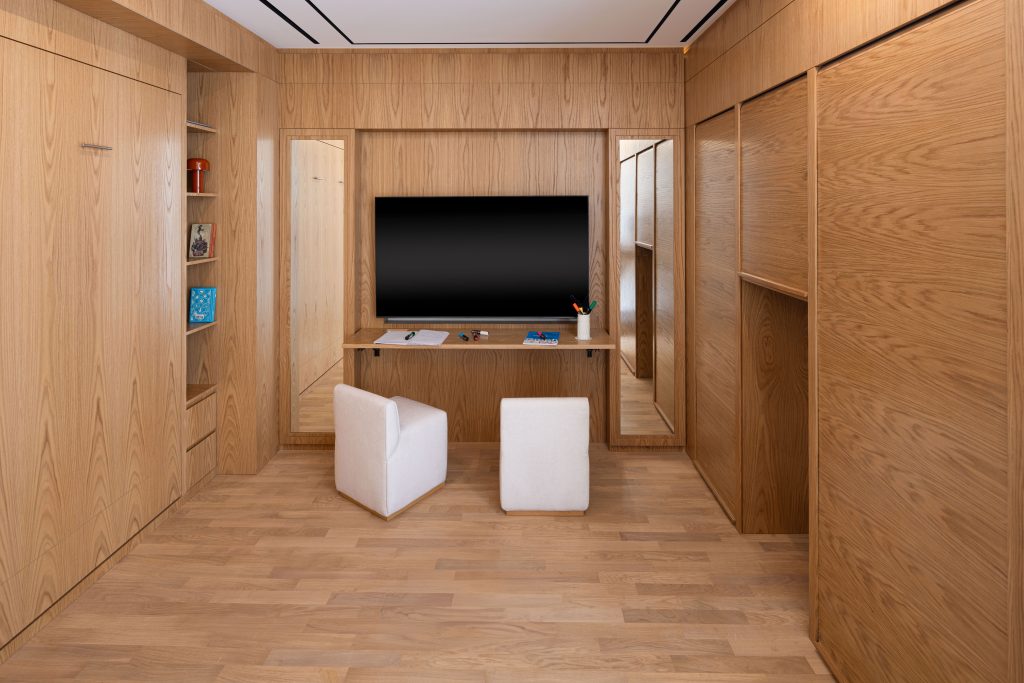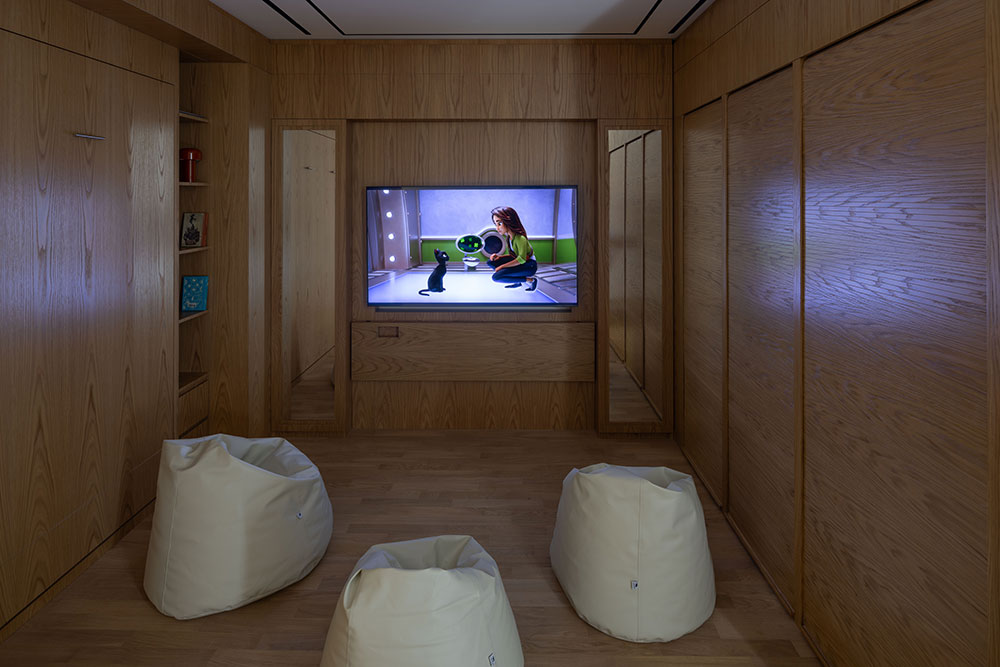The Architecture of Belonging: Designing for Connection and Community
No matter how close people are, but still feel a seamless distance as everyone is busy managing their own lives. Here, the community-building architecture helps to create an environment that creates a sense of belonging.
This architectural concept allows architects and interior designers to design spaces that not just showcase aesthetics but also create an emotional connection and community interaction.
In this blog we’ll walk you through the basics to the principle of community building architecture that will let you know how it brings the people together.
Understanding of Community Spaces Architecture
Start with the basics understanding of community building architecture:
Also known as the architecture of belonging as this design approach creates spaces that make individuals and communities feel emotionally connected, valued, and safe. It promotes a sense of identity and emotional attachment that goes beyond physical form and function.
What’s The Purpose of Architecture?
Today’s architects are focused on community-building architecture that encourages connection, interaction and helps to bring people together.
But if you think about why that architectural concept is getting popular, then there are several reasons, some of which are mentioned below:
- It builds stronger community bonds, which reduce loneliness and promote a sense of mutual support.
- Spaces that promote belonging inspire people to support each other during personal or shared crises.
- Creating emotionally safe spaces that improve mental health and lower stress for both individuals and communities.
- A sense of belonging in spaces inspires continuous involvement and dedication to the community’s well-being.
- The community-building architecture motivates people to stay committed and participate actively in community life.
Key Principles of Community Spaces Architecture
Have you ever experienced a space that makes you feel less alone — one that supports who you are and connects you to others?
That’s the architecture of belonging — a design approach that creates community spaces by bringing people closer together and enhancing their quality of life.
Inclusivity And Diversity
Community spaces architecture is a practice of designing spaces that welcome everyone without any limitation of age, gender, ethnicity, ability, or economic status. This principle focuses that every member is valued and that everyone’s needs are met.
Let’s have a look at some key factors of this inclusive principle:
Inclusive Access
Just like able-bodied people, the disabled are prioritized by allowing them convenient access by including handrails and wheelchair ramps.
Safe for Elders
Thoughtfully designed for all ages, with special attention to the comfort and mobility of the elderly — avoiding steep staircases and creating smooth, accessible pathways throughout the space.
Playful Areas
Child-friendly environment that keeps the children occupied when they are out and about by adding the playground, rides, and other fun activities.
Flexibility And Connectivity
In architecture, flexibility refers to the alteration of the spaces according to needs or over time and connectivity refers to easy accessibility of transport. As the community spaces have diverse needs, they are designed to adapt to the changing rhythm of daily life.
Let’s have a look at how this principle works in the community-oriented designs:
Multi-Functional Spaces




Create spaces that can be utilized for several functions, like a courtyard that serves as a playground for kids in the morning, which can transform into a meditation zone in the evening.
Flexible Elements
Design by integrating flexible elements such as movable walls, sliding panels, or foldable seating, as they can be easily adjusted without major structural changes.
Accessible Infrastructure
Focus to make it easier for residents to reach essential services with well designed pedestrian and bicycle pathways, efficient public transportation systems and safe road networks.
Design for Social Interaction
This principle is incorporated in community spaces architecture to increase social interaction, as it has the potential to bring people together. It helps in building connections and increasing the sense of belonging.
Have a look at how this principle works in community architecture:
Cultural Diversity
Help to build the connection between people from different cultures by including cultural art installations, themed pavilions, or performance areas.
Community Engagement
Places like open plazas, community gardens, and multipurpose halls give the chance for group activities, which develop strong social connections.
Interactive Spaces
The spaces designed with this architectural approach encourage meaningful social interaction with flexible seating, multifunctional activity zones, and interactive features.
Locally Grounded Architecture
This principle aims to design spaces that are connected to the local heritage, climate, and way of life. It is regionally rooted architecture that not just honors heritage but also promotes sustainability.
Here is how community building architecture meets the regional needs:
Climate Adaptability
It is a climate-responsive architectural design as it adapts local weather conditions using natural ventilation, shading, and sustainable materials.
Tradition Reflection
These spaces show a strong cultural connection by incorporating regional art, motifs, and traditions to reflect local identity and history.
Connection With Nature
Help to connect with nature by including plants, water features, and nature-inspired design to build a healthy environment for people.

Participatory Design Process
A successful community space architecture meets the needs of every community member despite the differences. So here the architect community and people collaborate to discuss the project from start to completion.
Here’s how you’ll get to know how important this phase is:
Community Input
This process allows the community member to understand the design process and share their insights and needs with the architectural company.
Feedback Sessions
The formal and informal sessions allow community members to share opinions, needs, and their concerns, and also share their feedback.
Sense of Ownership
This participation gives the community members a sense of ownership over the space, which encourages them to maintain, enjoy, and engage with the space.
Create Spaces That Bring Lives Together
Looking to transform ordinary spaces into vibrant hubs where people connect, share, and feel at home?
At EMKAAN, we don’t just design buildings — we craft environments that bring people closer. Every detail we shape reflects our belief in the power of architecture to unite, inspire, and nurture a sense of belonging.

As one of Dubai’s leading architectural and engineering consultancies, our team of architects, engineers, and interior designers work together to create spaces that feel truly connected — spaces where life happens.
FAQs
What is the architecture of belonging?
Architecture of belonging is a design concept that creates spaces to bring people together, encourage inclusion, and make everyone feel welcome and valued.
What is the purpose of architecture?
Architecture creates safe, functional, and beautiful spaces that meet human needs, reflect culture, and improve social and environmental experiences.
Why is the feedback of the community important in architecture?
It helps to design spaces that meet real needs, create ownership, improve usability, and build stronger social connections.
How does nature support the architecture community?
It helps in improving health and wellbeing, creates calm and beautiful spaces, and supports social interaction within communities.
What is inclusivity in architecture?
It is a design principle which emphasizes to create spaces that everyone can use and feel welcome in, despite of their age, ability, or background.


